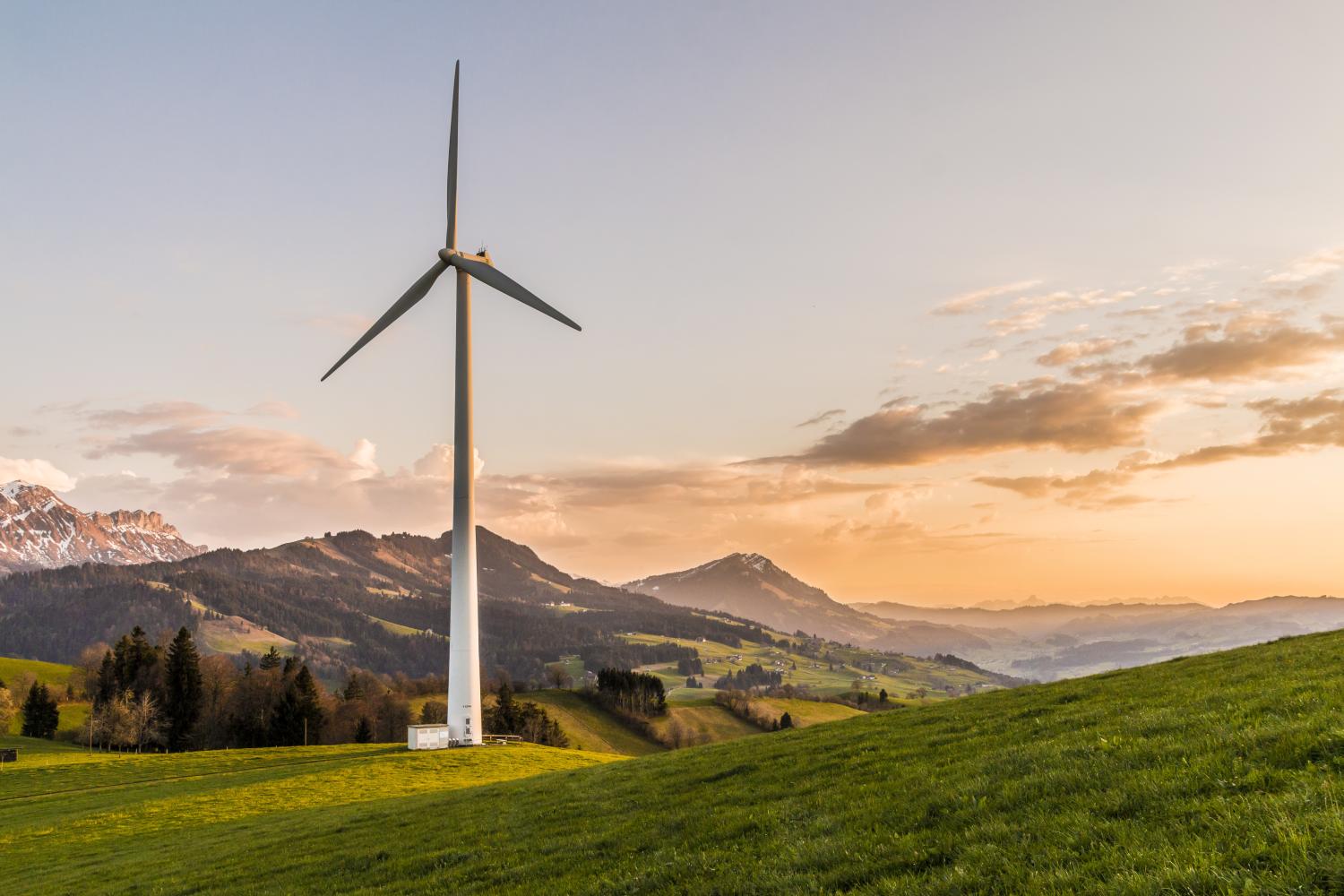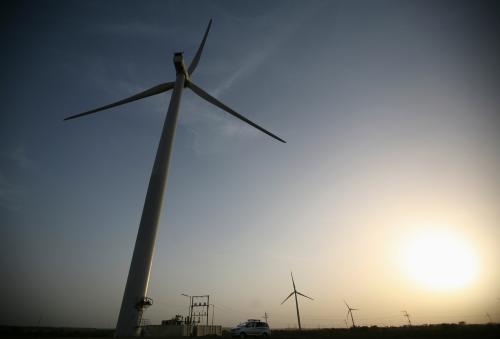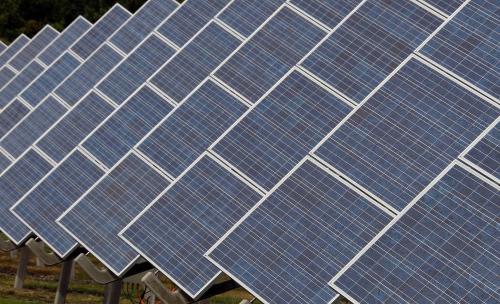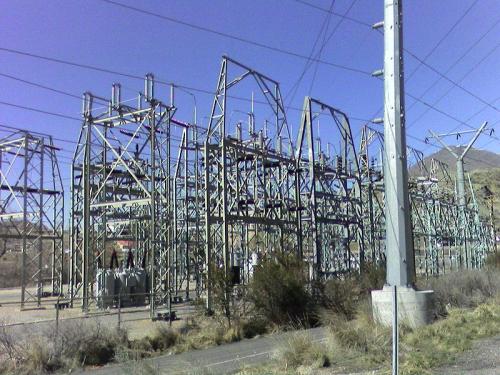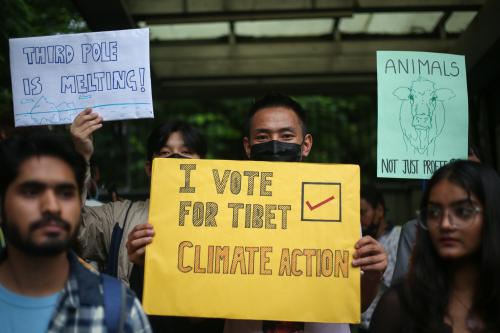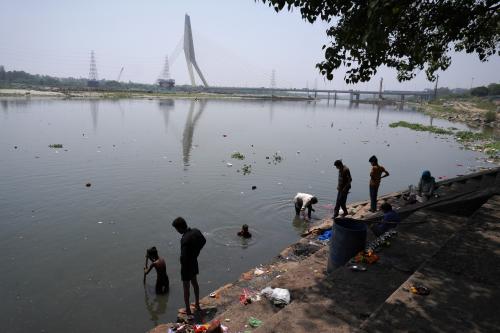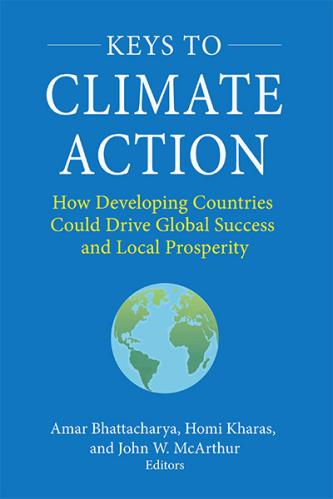Content from the Brookings Institution India Center is now archived. After seven years of an impactful partnership, as of September 11, 2020, Brookings India is now the Centre for Social and Economic Progress, an independent public policy institution based in India.
Growing Renewable Energy (RE) means a greater increase in variability of supply, a relatively newer phenomenon for grids where demand was the usual variable, and supply was tightly controlled, or ‘despatchable’. One cannot control the wind or sun, but one at least needs to predict it well, so that the rest of the grid can plan its output accordingly. This is one of the several key aspects of making RE grid integration cheaper and more scalable. Otherwise, as RE penetration grows, its challenges for the rest of the grid will increase.
Forecasting is just one part of the puzzle – “what next” is the key issue. If you deviate from the forecast, should you be penalised, and by how much? These are key issues. These will link closely to the norms for forecasting, not just in terms of accuracy or time (how far ahead) but even the scale of aggregation. Forecasts per wind turbine or solar panel are expensive and don’t add much value, but aggregated forecasts across a very wide area (like state) also don’t help the grid operator who needs to balance not just generation but also transmission. An ideal balance is usually forecasts aggregated at a transmission pooling station level.
The Brookings Institution is committed to quality, independence, and impact.
We are supported by a diverse array of funders. In line with our values and policies, each Brookings publication represents the sole views of its author(s).

